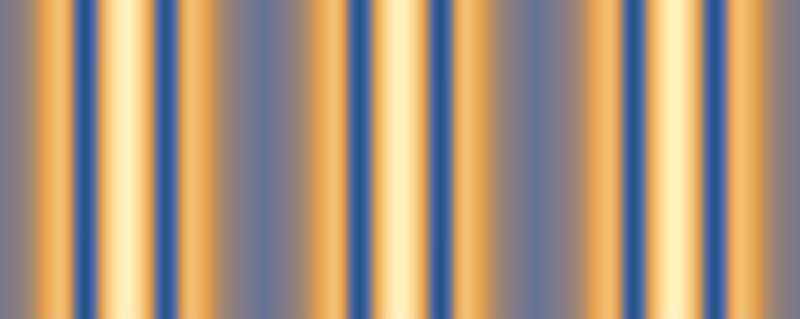
Scientists don’t understand how some materials become superconducting at relatively high temperatures. Leiden physicists have now found a surprising connection with auxiliary black holes. It enables researchers to apply knowledge of black holes to the mystery of high-temperature superconductivity. The new study is published in Nature Physics.
Superconductivity, discovered in Leiden in 1911, is exploited for many modern applications, such as MRI scanners and particle accelerators. These are based on the phenomenon whereby electric currents flow without resistance at temperatures close to absolute zero. Unfortunately, continuous cooling requires lots of energy, so physicists all over the world are looking for a way to make superconducting materials that operate at higher temperatures.
All relatively high-temperature superconductors now known are based on so-called Mott insulators. These form when electrons are stuck in their crystal lattice nodes, exactly one per node. They turn into superconductors after extra electrons are injected. Researchers don’t understand why this happens on a fundamental level. Knowing this could enable even higher-temperature superconductors that are cheaper to keep sufficiently cool.
As the superconductor is formed, the imparity between the number of electrons and the number of available nodes within the crystal lattice causes a stripy pattern, much like the moving Moiré patterns seen on TV when an old-fashioned computer screen is filmed. But why? This is a key question in understanding Mott insulators.
Physicists are looking for the answer in an unexpected direction—they hypothesize that the dodgy electrons in high-temperature superconductors behave in some ways similarly to auxiliary black holes. Leiden physicists Alexander Krikun, Koenraad Schalm and Jan Zaanen together with Tomas Andrade from the University of Barcelona have now found the same stripy pattern in a similar discrepancy between auxiliary ‘wavy’ black holes and a crystal lattice. This confirms the hypothesis and means that knowledge about black holes can apply to better understanding high-temperature superconductivity.

